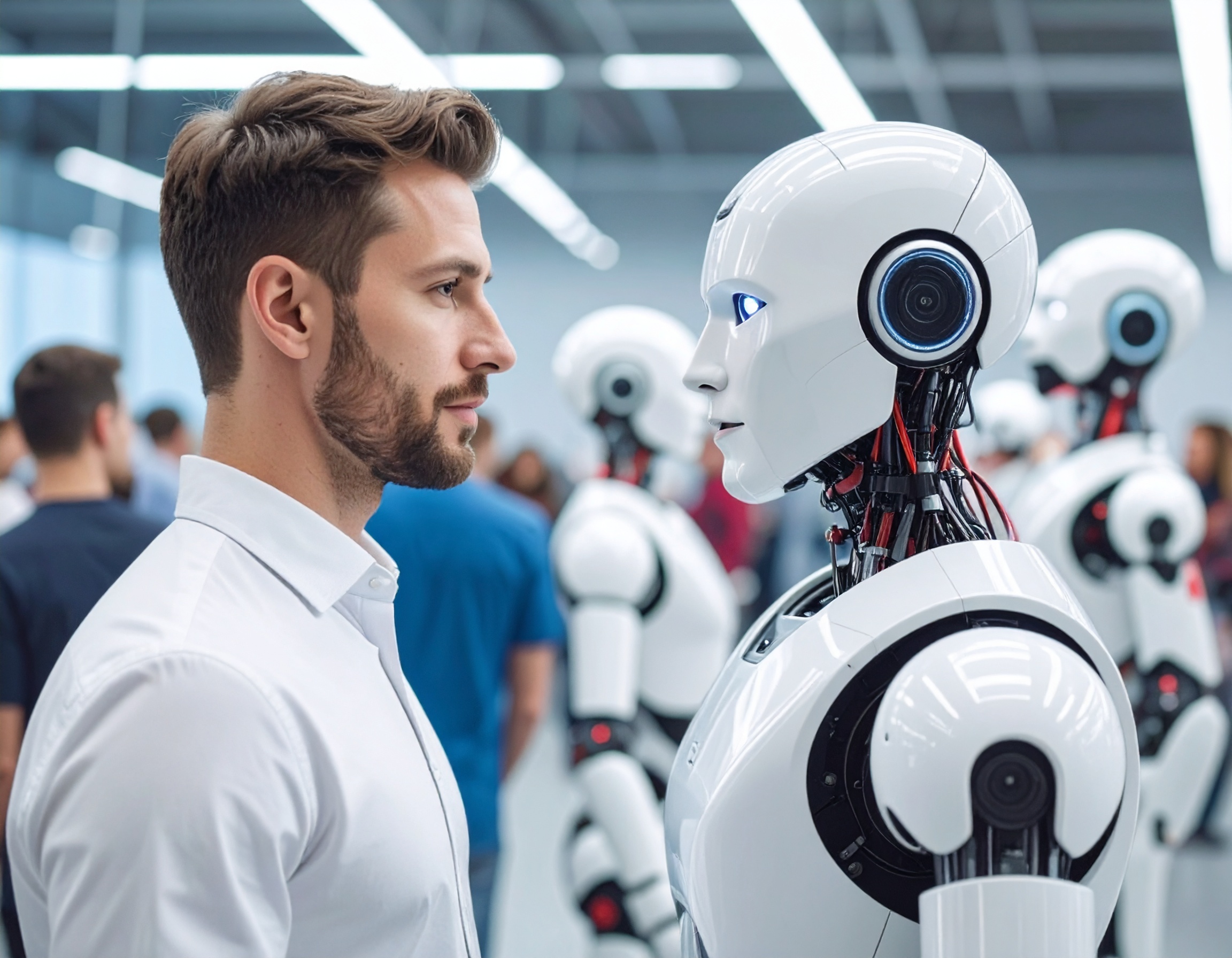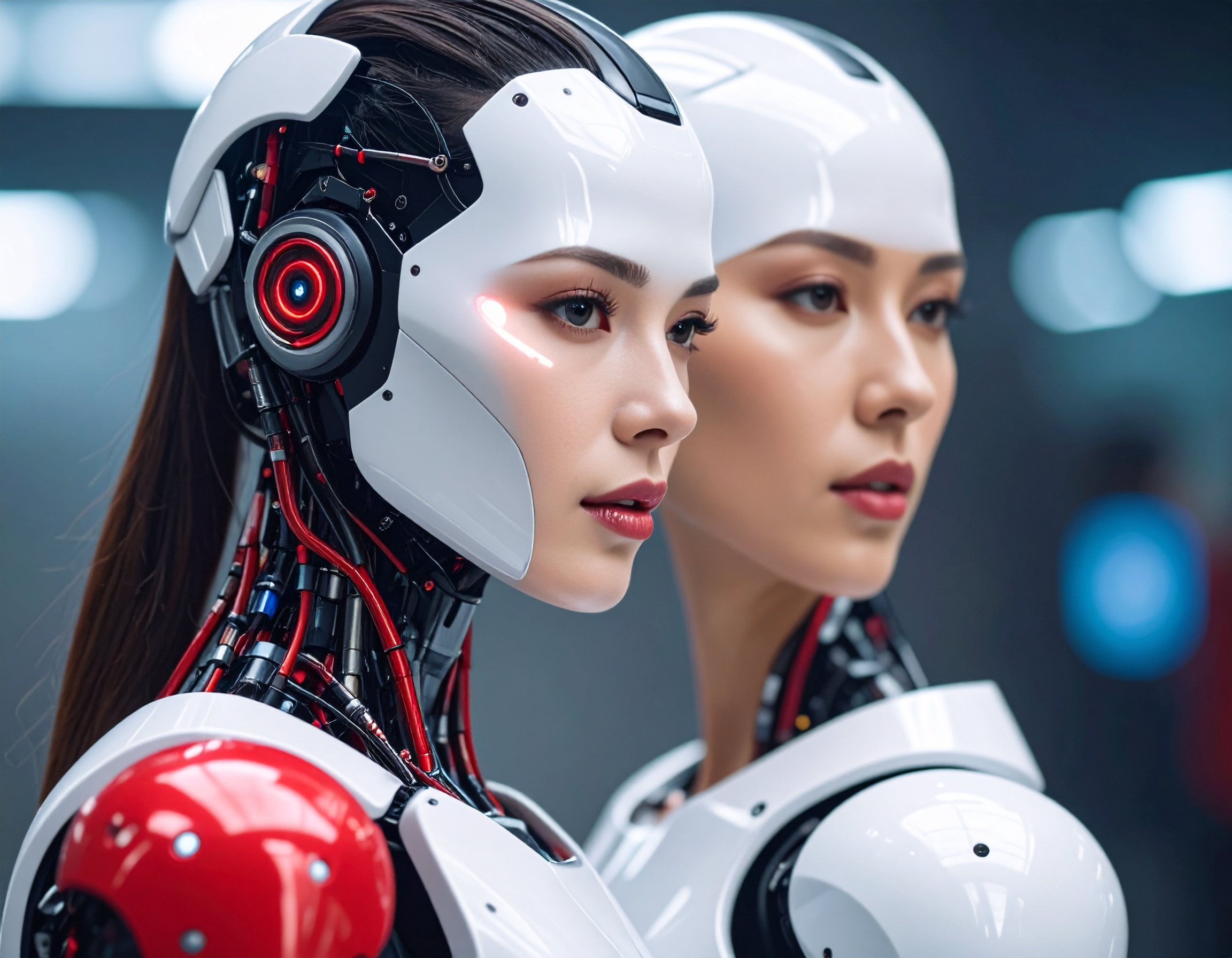China’s Response to Labor Shortfalls: Embracing Intelligent Agents and Digital Employees

In the wake of labor shortfalls and a demographic decline, China is gearing up for a transformative shift in its workforce dynamics. As reported by the South China Morning Post in 2023, this change is driven by a growing reliance on Intelligent Agents, Non-Human Workers, and Digital Employees.
China is facing a dual challenge, with an aging population and a shrinking workforce, making it imperative to find innovative solutions. To address this issue, the nation is turning to automation and robotics, adopting cutting-edge technology to fill the gap. In factories, Intelligent Agents – AI-driven machines – are increasingly taking on repetitive, physically demanding tasks, allowing human workers to focus on more intricate and creative aspects of production. This shift not only boosts efficiency but also helps mitigate the strain on the workforce.
One of the key aspects of this transformation is the creation of Digital Employees, virtual entities designed to manage customer service, administrative tasks, and even financial services. These Digital Employees work tirelessly around the clock, providing a seamless experience for consumers while reducing operational costs. As China pioneers the integration of these innovative technologies into its workforce, it sets an example for other nations grappling with similar demographic challenges. The transition to Intelligent Agents and Digital Employees is not only a response to immediate labor shortages but also a forward-looking strategy to ensure sustained economic growth and competitiveness in the face of a changing global landscape.
Key highlights:
- Labor Shortages and Demographic Decline: China is currently dealing with labor shortages and a declining working-age population, which poses a significant challenge to its economic growth.
- Intelligent Agents on the Rise: China is increasingly using Intelligent Agents, such as industrial robots and AI-driven machines, to automate repetitive and physically demanding tasks in various industries.
- Enhanced Efficiency: The adoption of Intelligent Agents not only mitigates labor shortages but also enhances efficiency in production processes, allowing human workers to focus on more complex and creative tasks.
- Digital Employees for Service Roles: China is creating Digital Employees, virtual entities, to handle customer service, administrative tasks, and financial services, offering round-the-clock support while reducing operational costs.
- Strategic Long-Term Approach: China's shift toward Intelligent Agents and Digital Employees is not just a short-term fix but a strategic move to ensure sustained economic growth and competitiveness in a changing global economic landscape.
- A Model for Other Nations: China's approach to addressing labor shortages through automation sets an example for other countries facing similar demographic challenges and offers insights into how technology can be harnessed to secure economic stability.
References: [1].


